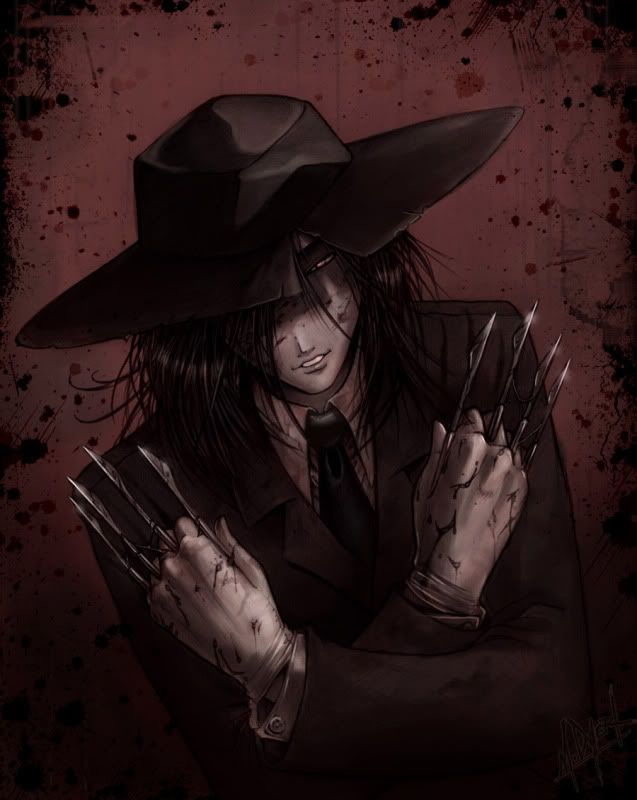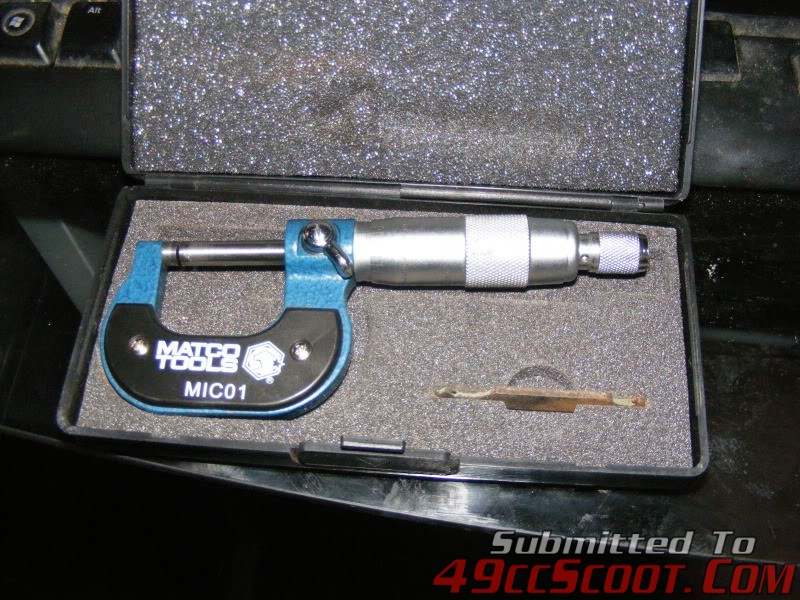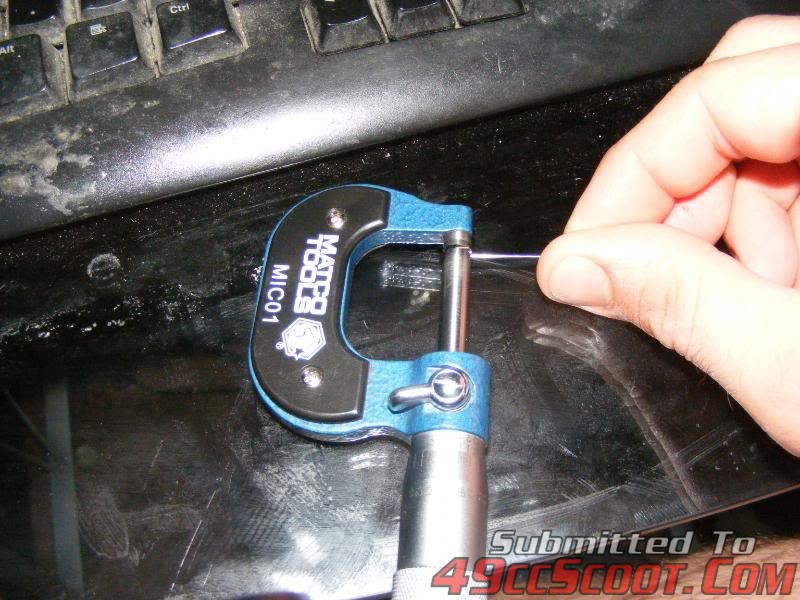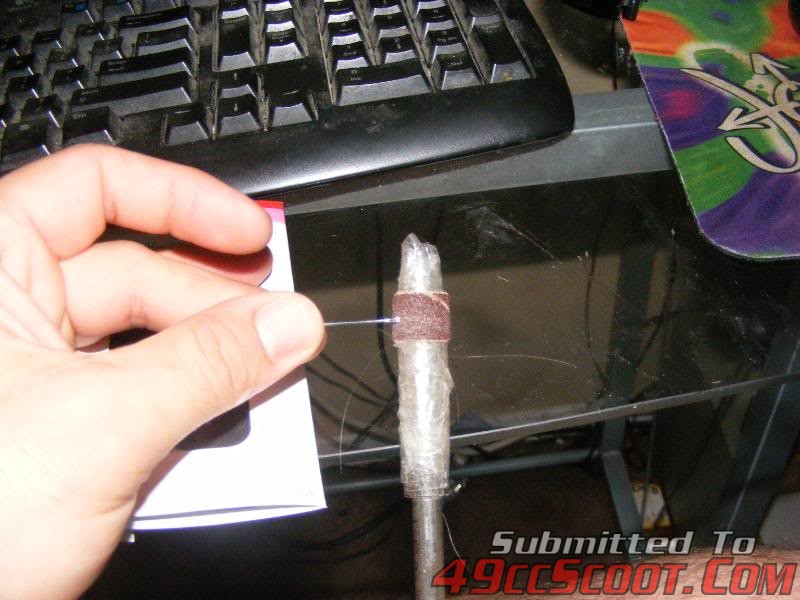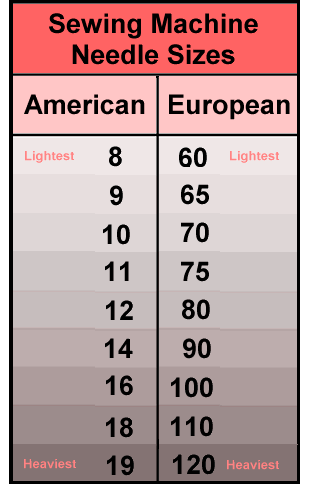Post by 90GTVert on Feb 14, 2010 19:49:46 GMT -5
Jet Drilling Info
It's great to have a stockpile of jets lying around when tuning a carburetor, but not everyone wants to spend that kind of money. Jet's range in price from roughly $2.50 up to about $10 and sometimes you'll try quite a few of them to get the tune right. You may also need different jetting for summer or winter termperatures and other variables. If you own or work on more than one type of scooter or ever swap carburetors, the jets you bought tning the first carburetor may not work and then you're stuck spending more money on jet kits. There is an option that can save you money, and save you from waiting on the mail carrier to drop off your new jets.
Many carburetor jets can be drilled to get you in proper tune. Don't just go out and grab any drill bit that looks small enough to you. You'll need to get a selection of proper bits, most likely numbered drill bits. Here are a couple of links to affordable drill bits suitable for drilling jets.
Drill Bit City
Harbor Freight Tools
The chart below shows drill bit sizes by number, fractional standard, and metric units converted into actual size and metric jet size. There are more fractional and metric drill bits available, but this should cover most needs for small carburetors.
CLICK HERE FOR A PRINTABLE CHART.
That seems simple enough, but unfortunately it gets a little more complicated and confusing. Apparently different manufacturers use different rating methods for their jets. DynoJet is supposed to be the actual size of the jet (100 = 1.00mm), although the numbers on every chart I've seen are close to accurate there, but not 100% correct. Mikuni is said to use flow numbers rather than actual size for it's ratings (100 = 100cc per minute). I've been unable to find any good information on how Keihin determines it's jet sizes. Keihin jets have been very close to actual size from my experience.
The way a jet is made changes the amount of flow it is capable of as well. Meaning, a jet from one manufacturer that is tapered or chamfered in a different manner could flow more or less than another manufacturer's jet of the same diameter. For this reason, it is said that no exact comparisons can be made with this data. This chart is intended to get you on the right track, but may not be completely accurate.
CLICK HERE FOR A PRINTABLE CHART.
Alright, so you've got your new drill bits and you're ready to start tuning, but how do you drill a jet? There are two pretty common methods used for drilling jets, hand drilling and using a drill press.
Hand drilling simply involves holding the drill bit in your hand and gently turning it to drill the jet. Hand drilling is pretty simple on most common brass carburetor jets, but may not work on jets made from harder materials. Don't try to force the drill though the jet. Spin it carefully and don't push it into the jet. Small drill bits are very fragile and break off easy. If you break a bit off inside of a jet, you may not be able to get it out, and even if you do you just broke the drill bit that you need.
If you wish to drill the jet with a drill press, you need a vice or clamp capable of holding the bit at a 90 degree angle from the jet. It is very important to drill straight in order to get an accurate jet size. If a jet is drilled at an angle or if the bit wobbles the jet will actually be larger than the size you are aiming for. Just as hand drilling, apply only gentle pressure. Let the drill bit work it's way through the jet to avoid breaking the bit.
If you go too far when drilling a jet, it is possible to go back to a smaller size. Brass jets can be heated with a torch and then solder can be used to fill the jet. Once the jet is filled, simply re-drill it to the size you want.
If possible, it is a good idea to keep a stock jet or two around just incase.



